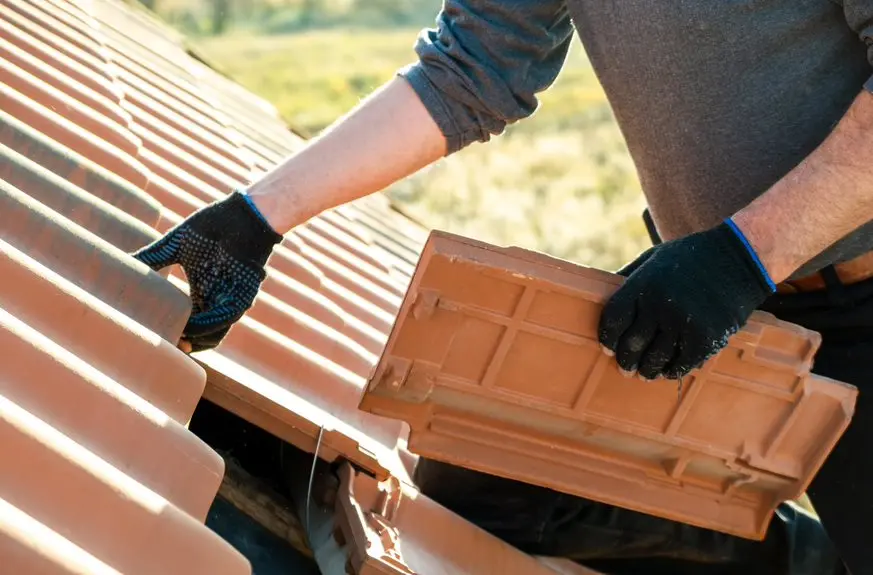The Tasmanian Devil is an omnivorous creature, with a diverse diet that reflects its scavenging and opportunistic nature. These animals are known to feast on a wide range of prey, including small mammals, birds, reptiles, and even carrion. Their powerful jaws and sharp teeth enable them to consume even the toughest parts of their meals, including bones and tough hides.
One of the most distinctive feeding habits of the Tasmanian Devil is its tendency to gather in large groups to feed on carcasses. These gatherings, known as “devil’s feasts,” are a sight to behold, as the Tasmanian Devils fiercely compete for the best morsels, growling and snarling to assert their dominance. The intensity of these feeding frenzies is a testament to the Tasmanian Devil’s insatiable appetite and its ability to work together to secure a plentiful food source.
In addition to their scavenging behavior, Tasmanian Devils are also skilled predators. They have been known to hunt small mammals, such as possums and rabbits, as well as birds and reptiles. Their keen senses of smell and hearing, combined with their agility and strength, make them formidable hunters, capable of tracking and stalking their prey with remarkable precision. The Tasmanian Devil’s adaptability and versatility in its feeding habits have allowed it to thrive in the diverse ecosystems of Tasmania, cementing its place as a vital component of the island’s delicate food web.
Reproduction and lifecycle of the Tasmanian Devil
The Tasmanian Devil’s reproductive cycle is a fascinating and unique aspect of its biology. These animals are solitary creatures, coming together only during the mating season, which typically occurs in late March or early April. The mating process is a complex and intricate affair, with the male Tasmanian Devils engaging in fierce battles to establish dominance and secure the right to mate with the females.
Once mating has occurred, the female Tasmanian Devil undergoes a gestation period of only 21 days, one of the shortest among mammals. At the end of this brief period, the female gives birth to a litter of up to 40 tiny, underdeveloped young, known as “joeys.” These joeys are no larger than a grain of rice and must crawl from the birth canal to the mother’s pouch, where they attach to one of the four teats and begin to nurse.
The Tasmanian Devil’s joeys are incredibly resilient and adaptable, growing rapidly within the protective confines of their mother’s pouch. After about four months, the joeys will emerge from the pouch and begin to explore their surroundings, relying on their mother’s care and guidance. As they grow older, the young Tasmanian Devils will eventually strike out on their own, establishing their own territories and beginning the cycle anew.


